In reality, even the so-called “rear” positions often operate close to the front, exposed to the same dangers as combat troops.
Others are reading now
In reality, even the so-called “rear” positions often operate close to the front, exposed to the same dangers as combat troops.
Putin’s new recruitment trap: “drivers to war”
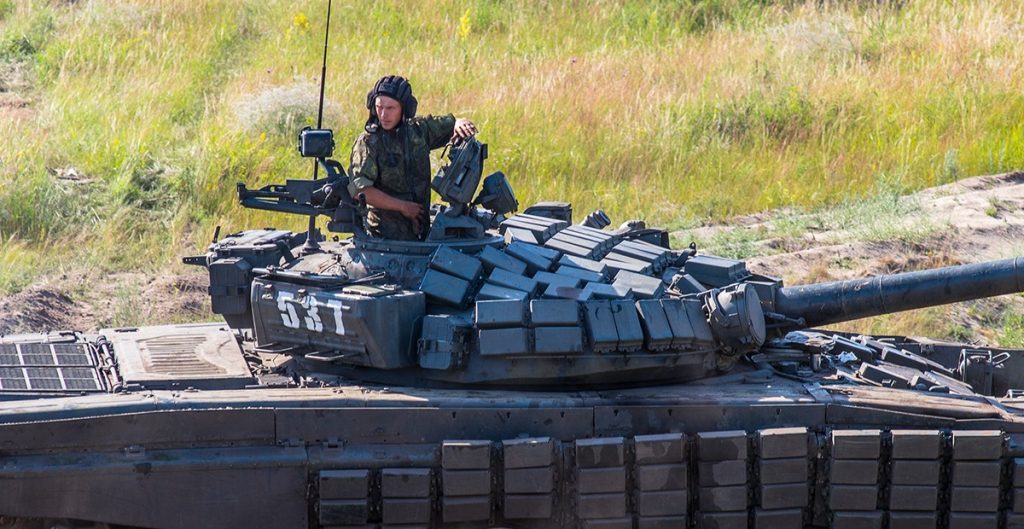
Russia launched a fresh wave of military recruitment campaigns in 2025, advertising so-called “safe positions” such as drivers and logistics staff.
These roles were marketed as non-combat jobs, but many recruits soon found themselves sent to the front lines.
According to OpenMinds, these ads serve as bait by “military personnel agencies” that promise rear positions, only for recruits to be reassigned to assault units once their contracts are signed.
The recruitment surge of 2025
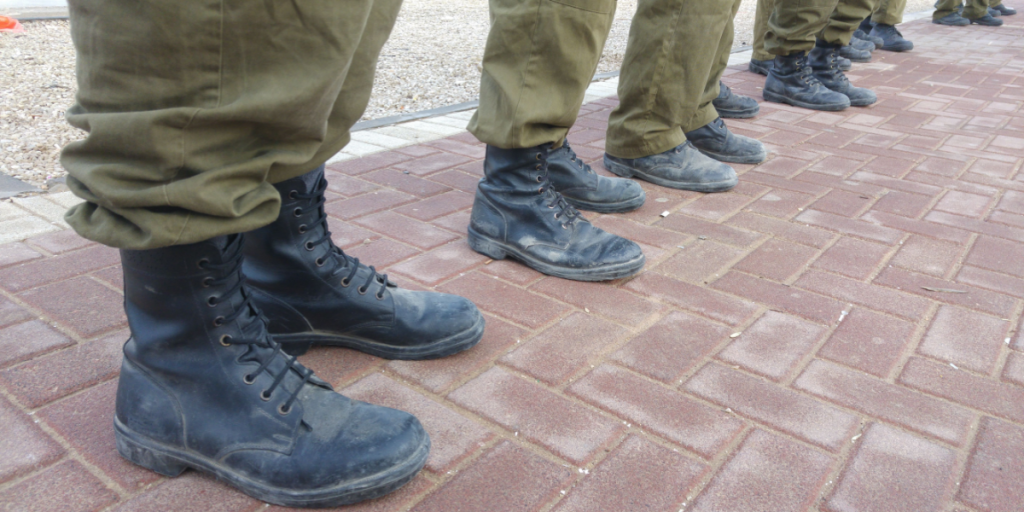
This year saw a sharp rise in military recruitment efforts. Social media promotions for enlistment increased by over 40% in the first half of 2025.
Also read
Data from labor markets and social networks revealed a strategic shift, from patriotic calls to join combat units to more subtle offers of “quiet” and “safe” service.
Analysts say these ads target Russians seeking stability rather than ideology, a tactic meant to disguise the growing desperation for manpower.
Online peaks and propaganda pushes
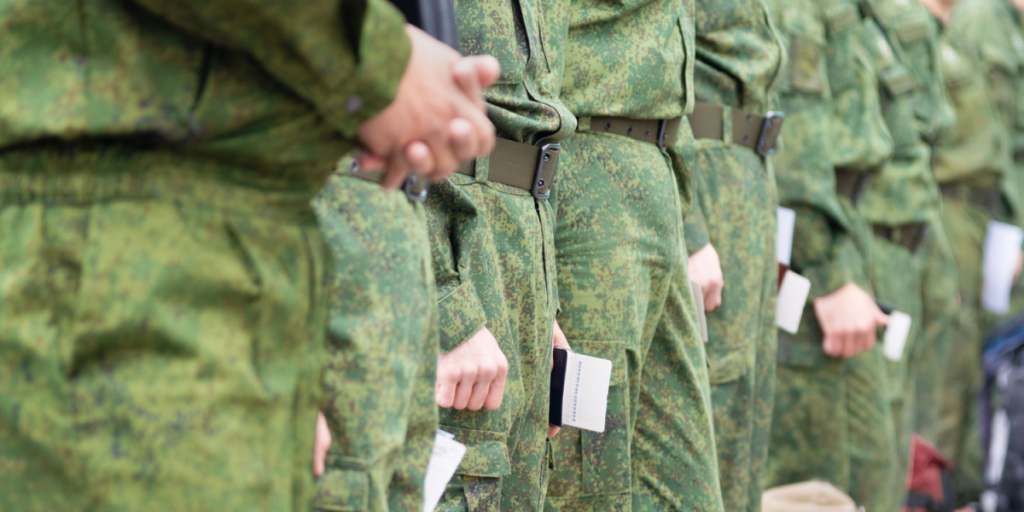
Recruitment activity on VK, Russia’s largest social network, hit two major peaks.
The first came in September 2024, following Ukraine’s counteroffensive in the Kursk region and a bonus increase for soldiers.
The second arrived in February 2025, as peace talks raised fears that payments and benefits might soon end.
Also read
Searches for “military service by contract” spiked in parallel, showing how propaganda and financial insecurity worked together to fill enlistment lists.
Mounting losses, mounting pressure

Behind the recruitment drive lies a grim reality: soaring battlefield casualties.
By mid-2025, Russian troops had largely abandoned armored vehicles in favor of small-scale infantry attacks, drastically increasing the death toll.
Despite President Vladimir Putin’s claim that “50,000–60,000 new soldiers” were signing contracts each month, independent estimates put the figure closer to 30,000–40,000.
The shortfall between official goals and actual results has fueled increasingly aggressive recruitment tactics.
Also read
The illusion of “safe service”
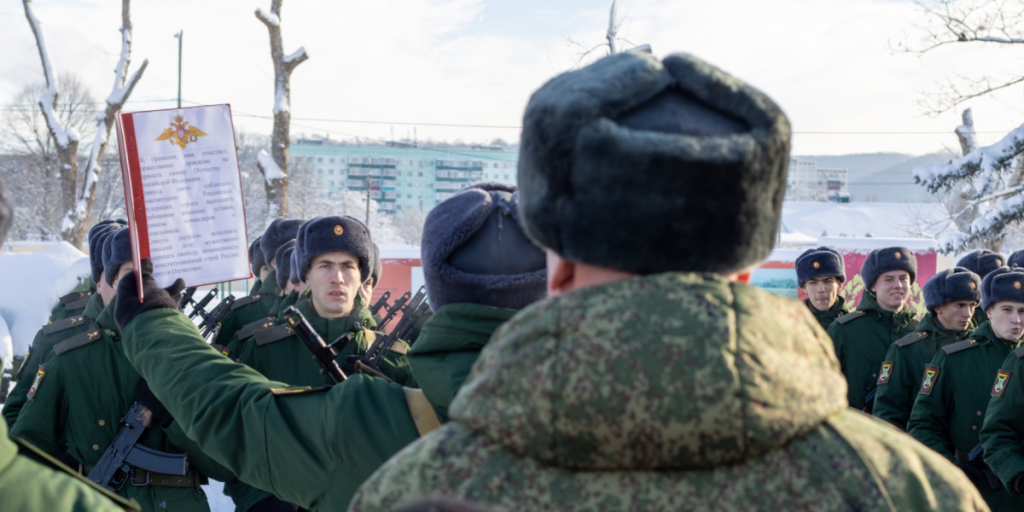
The most distinctive feature of the new campaign is its language.
Ads now use reassuring terms like “not an assault unit,” “rear position,” and “quiet service.”
By July 2025, nearly one in five recruitment posts used such wording.
These messages contrast sharply with earlier patriotic appeals, suggesting that the Kremlin is now selling safety rather than sacrifice.
In reality, even the so-called “rear” positions often operate close to the front, exposed to the same dangers as combat troops.
Also read
Drivers: the war’s most wanted
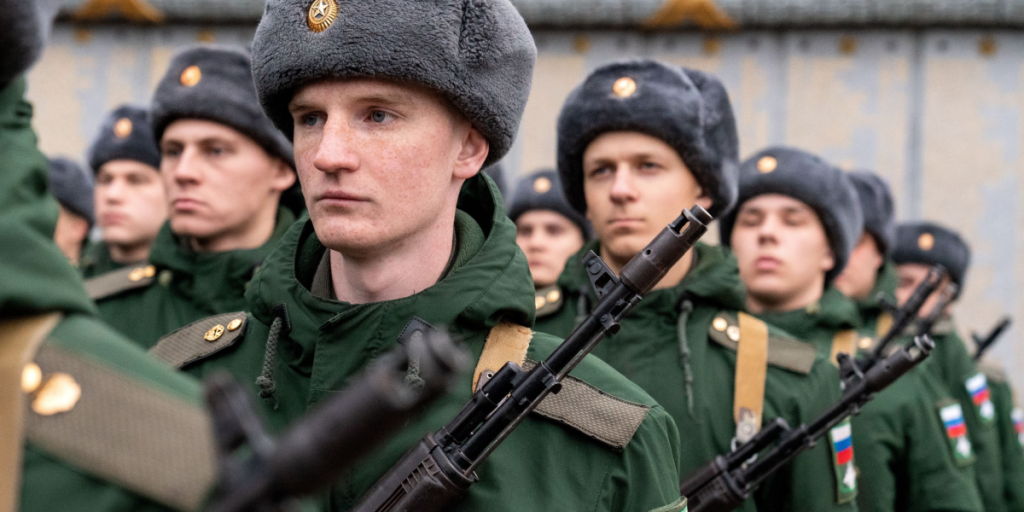
By spring 2025, advertisements for driver positions outnumbered all combat-related job postings combined.
Local media and the Headhunter platform reported that drivers had become “the most sought-after profession in the war zone.”
On job sites like Avito, such roles accounted for up to 20% of all war-related listings, followed by security guards and logistics personnel.
Yet these “non-combat” roles form the backbone of front-line operations, making them anything but safe.
Empty promises and hidden assignments
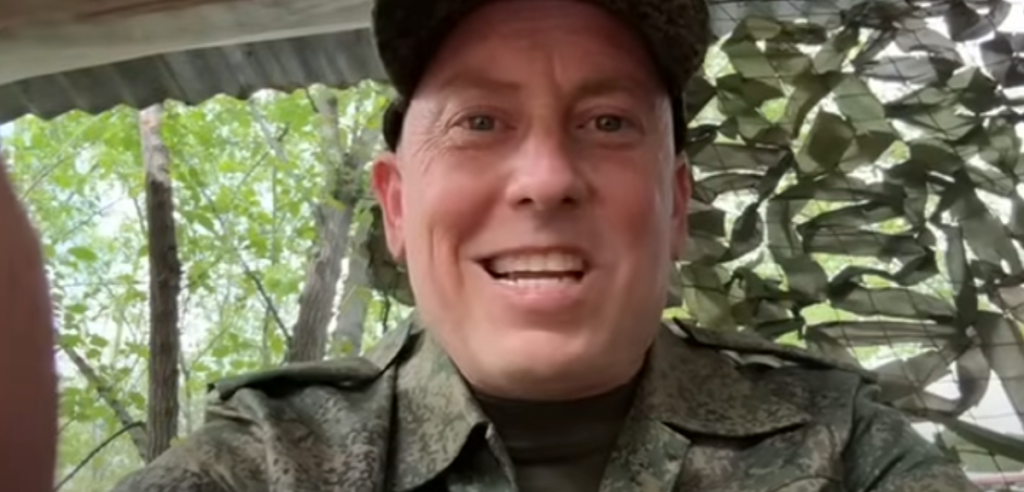
Many of these positions exist only on paper. “Military personnel agencies” publish job ads that promise rear assignments but offer no guarantee of placement.
Also read
Recruits sign contracts without knowing their actual destinations.
One agency openly admits that “a driver position cannot be guaranteed without an official assignment,” as final decisions lie with unit commanders.
Once enlisted, men can be sent wherever manpower is most needed, often straight into combat.
Deadly risks behind the wheel
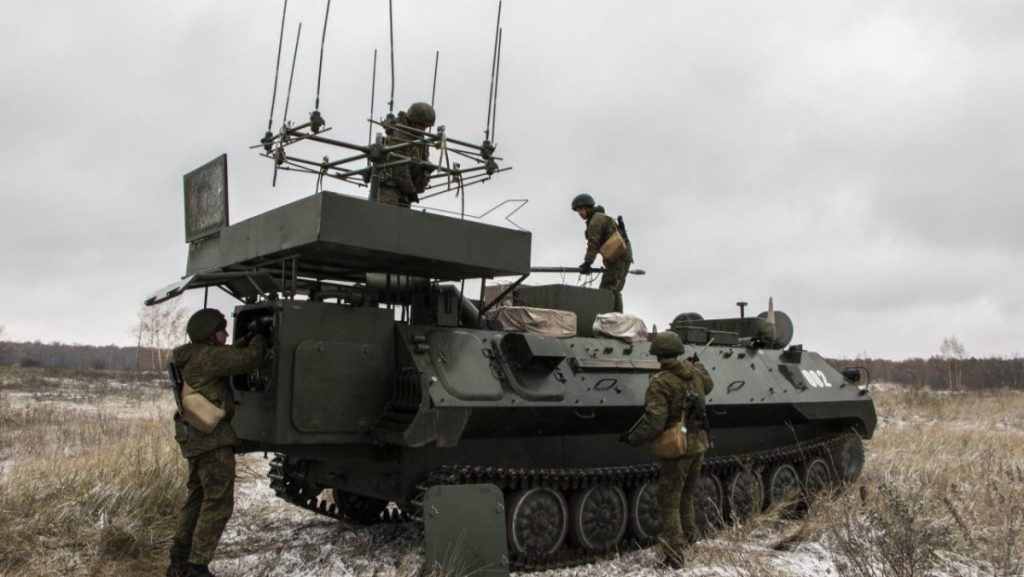
Even when recruits are genuinely hired as drivers, their work is perilous.
Reports on VK describe frequent deaths among drivers transporting supplies to the front.
Also read
“One of our UAZ vans, which was carrying supplies for the 51st regiment, was hit by an FPV drone. Unfortunately, the driver could not be saved,” one post read.
These accounts reveal how “support” roles have become targets in a war where no position remains safe.
Data confirms the danger
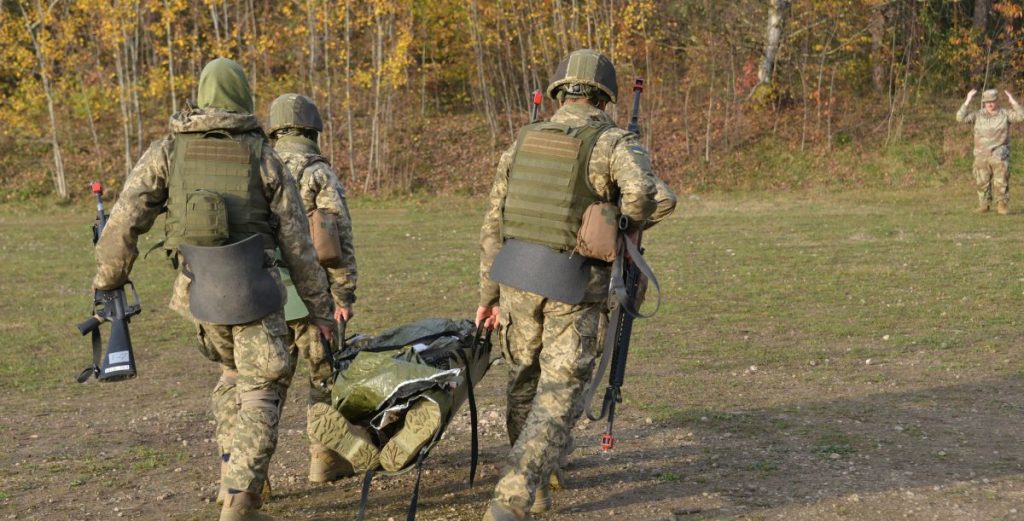
Independent researchers from the Oryx project found that transport vehicles made up 15–30% of monthly Russian equipment losses between 2022 and 2025, sometimes even exceeding tank losses.
In 2025, as Russia relied more on light convoys instead of armored assaults, truck destruction rose sharply.
These findings show how “non-combat” logistics units have turned into one of the most exposed elements of the Russian army’s operations.
Also read
Research revealing the system
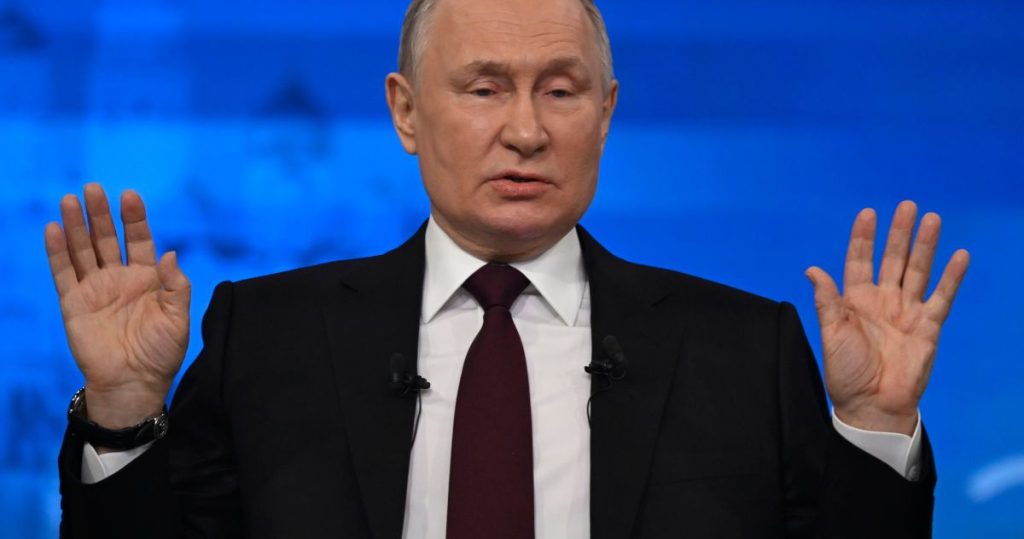
Analysts compiled data from VK, Headhunter, and Avito Jobs, covering over 130,000 recruitment posts since February 2022.
Using artificial intelligence models, they tracked shifts in tone, wording, and frequency.
Their conclusion: the Kremlin’s recruitment system has evolved from patriotic mobilization into a deceptive labor market, using the illusion of safety to sustain a costly and unpopular war.


